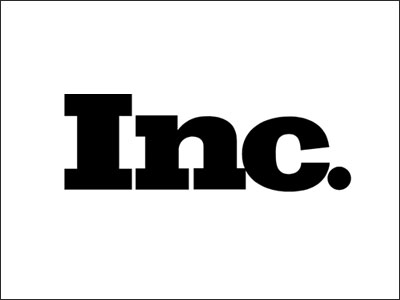The Baltimore disaster is expected to further compound the stress already placed on the global freight system. “Container shipping traffic has already been quite disrupted, because of the drought going on in the Panama Canal–ships from there [are] going through the Suez Canal to come to the east coast of the U.S. from Northeast Asia,” says Lisa Anderson, a supply chain expert and president of California-based LMA Consulting Group.
###
Baltimore’s Business Community Grapples With Impact of Francis Scott Key Bridge Collapse
For founders in the city, the loss of a Baltimore landmark is about more than missed income.
Early Tuesday morning, a cargo ship collided with Francis Scott Key Bridge in Baltimore, immediately collapsing the structure and sending cars plunging into the Patapsco River.
The incident sparked waves of alarm throughout the country. In speeches, Transportation Secretary Pete Buttigieg and President Joe Biden pledged federal assistance in rebuilding efforts. There is no indication that foul play was the cause of the accident, according to the Baltimore’s FBI field office.
Rescue crews continued to search the area for six construction workers who were on the bridge when the Dali, a 948-foot cargo ship bound for Colombo, Sri Lanka, collided with a bridge pylon around 1:30am, according to multiple reports. Two additional construction workers had been rescued from the water, and one was taken to the hospital. No fatalities had been confirmed by Tuesday afternoon, officials said. The Dali, a Singapore-registered vessel, dropped anchor prior to impact after the ship lost propulsion, CNN reported. The Maritime Port Authority of Singapore, which confirmed the loss of propulsion to CNN, says it is in contact with the US Coast Guard and cooperating with investigations.
The National Transportation Safety Administration announced an investigation into the incident on Tuesday afternoon, noting it would probe whether the ship did in fact drop anchor prior to impact.
In addition to the psychological toll inflicted by a disaster, the bridge’s collapse has massive economic ramifications: Submerged in the river, the remnants of the bridge now block access to the Port of Baltimore, the ninth largest port in the United States. The detritus will cause a massive re-routing of all traffic heading to the Port of Baltimore to nearby ports on the northeastern seaboard, Lisa Anderson, a supply chain expert and founder of the LMA consulting group, explains to Inc.
Read the full article at Inc.



